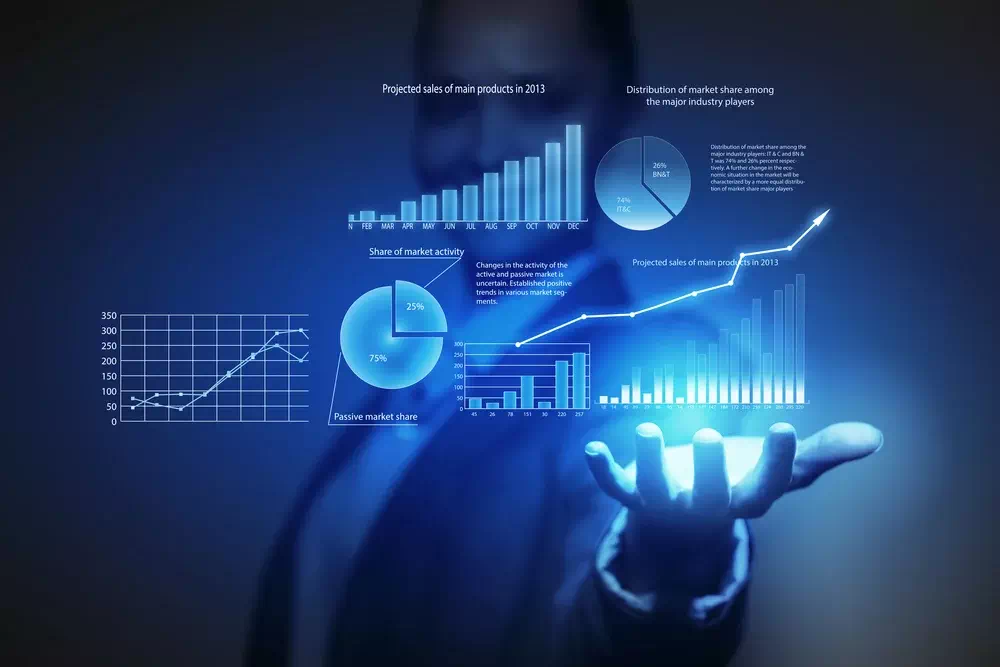The pace at which technology is evolving is ever increasing – and people are eager to embrace it. Consider this – in 2019 there were 5.112 bn mobile users, 4.388 bn internet users and 3.484 bn active social media users. All of these groups have grown by between 2 and 9% since 2018 and are expected to continue to grow throughout 2020 (Global Digital 2019 reports).
The digital age has a wide scope. It’s likely that you have heard of buzz words like ‘artificial intelligence’ (AI), ‘automation’, ‘big data’, ‘InsureTech’, ‘Internet of Things’ (IoT), and ‘cloud’. These are just some of the streams that come under the ‘digital age’ umbrella.
Collins Dictionary simply defines ‘the digital age’ (or information age) as “a time when large amounts of information are widely available to many people, largely through computer technology”.
One definition that I believe captures the broad essence of the digital age that works for risk managers is from Techopedia, which defines ‘The Digital Revolution’ as “the advancement of technology from analog electronic and mechanical devices to the digital technology available today. The era started during the 1980s and is ongoing. The Digital Revolution also marks the beginning of the Information Era”.
The digital era in action
Advancements in 5G technology – providing more reliability, speed of downloads and capacity – and how digital disruptors, such as Uber , Airbnb, Peloton and Netflix, are shaping traditional industries are just two ‘digital’ topics affecting our lives today.
It appears that even everyday items such as watches, fridges and toothbrushes, are becoming data-rich smart devices. A few decades ago, we would never have even considered that this was possible.
However, digital does not just affect you at home – the digital age also encompasses the digitization of businesses – sometimes also referred to as digitalization.
For risk managers, digitization is likely high on the risk agenda.
But what is digitization?
Digitization is the procedure of moving a business into the digital age – embracing the technologies that are relevant to improving your organization and enabling it to become more competitive in the marketplace.
Ventiv’s Managing Director, Steve Cloutman has described digitization as “the process of purposefully moving from manual or analogue processes, such as managing commercial insurance renewal data using email and spreadsheets, to digitised and, where possible, automated processes without any in-kind changes to the processes themselves”.(Insurance Day: Viewpoint: Risk managers have stalled at the digital crossroads)
Taking this to a basic level, digital tools can be used to speed up manual, repetitive tasks and take away human error.
Example
Automation, such as Robotic Automation Process (RPA), can help businesses manage big data sets while at the same time, avoiding human errors which can affect compliance. Artificial intelligence bots integrate into systems, tying legacy technology together, and complete repetitive tasks.
However, it is not just operational admin tasks that can benefit from digital tools.
Digitization can be incorporated into your whole business model – supporting your business strategy and actually become income generating, rather than just reducing operational costs.
Example
This is where technologies, such as risk management analytics software, Advanced Analytics, come into play. As applications become more sophisticated, businesses can gain real-time insights into a whole range of internal and market-related predictions. This can help businesses be more strategic and competitive in their sector.
How can risk managers embrace the digital age?
It’s likely your business has made some progress into digitization – you will have computers and use some cloud-based applications for example. However, if you are lagging behind and are unsure how to kickstart the process, then asking “what is possible?” is a good place to begin.
Identifying processes within your business (operationally and product/service related) and understanding if and how you could improve each one or use it to support a new or existing revenue stream, will put you in the right mindset for digitization. Consider where your challenges lie – the ones that are holding you back from taking the next step in business growth.
As well as speeding up processes and gaining a competitive edge, risk managers should consider other areas, such regulatory and compliance. Where accuracy is critical, human error is a risk. Data protection laws, such as GDPR, can be automatically followed with technology such as Ventiv’s Data Governance module, where you can set data retention limits and anonymize information, among other features.
IDC estimates that global data storage will reach 175 Zettabytes by 2025 – that’s up from 33 Zettabytes in 2018, a growth of 500% in just seven years (The Digitization of the World From Edge to Core). It is clear that the digital era is showing no signs of slowing down. The time to embrace the digital age, and digitize, is now.
David Thomas is the Sales Director at Ventiv Technology. If you would like any further information on this topic please contact him at david.thomas@ventivtech.com 














